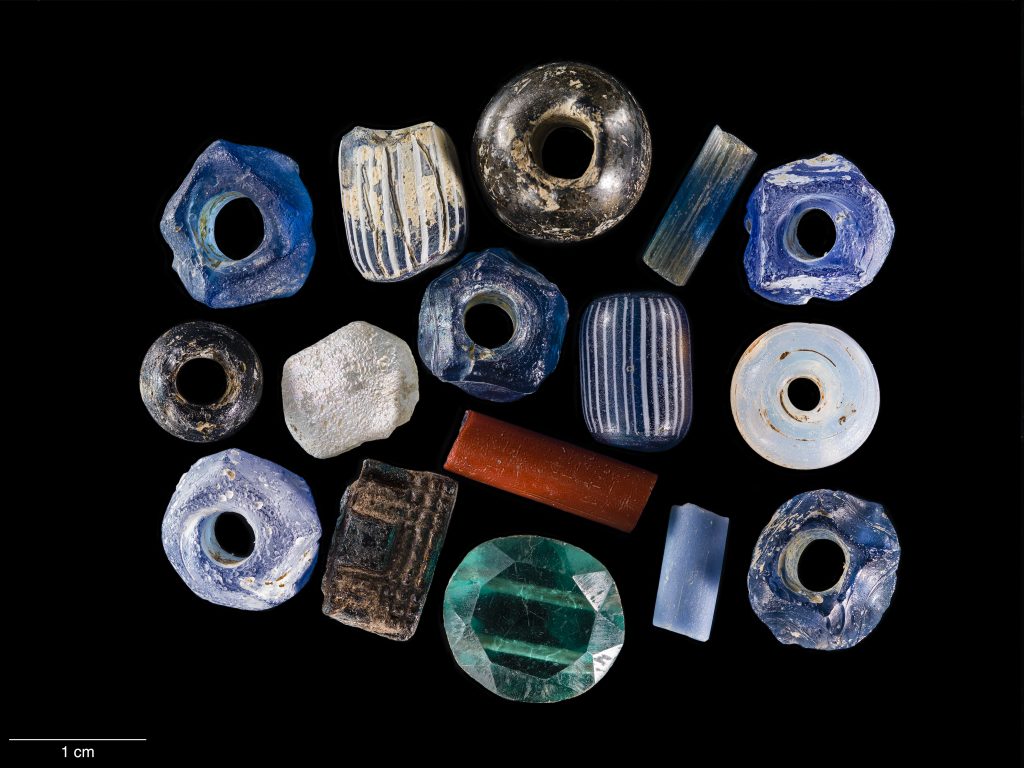Revisiting Virginia’s History in the Archeological Finds of Accotink Quarter
The year 2019 marks 400 years since the first documented enslaved people were brought to Virginia, and the Commonwealth has commemorated this and other events which have shaped our nation’s culture, diversity, and democratic process. Recently the Smithsonian National Museum of Natural History highlighted how artifacts can help tell the story of those individuals by posting a photo of glass beads that archeologists from Wetland Studies and Solutions, Inc. recovered from what is considered one of the most important archeological sites in Virginia – a mid-18th century slave quarter in Fairfax County.
Discovery of these beads on the Accotink Quarter site in 2013 helped to date the site back to the 1720s-1760s. The site was significant because it allowed archeologists to document a clear separation between the living quarters of enslaved laborers and those who oversaw them, providing new knowledge and insight into the lives of both groups.
The beads are featured in the Smithsonian’s Objects of Wonder exhibit, which highlights some of the most striking artifacts in the museum’s natural history collection. You can read more about the Accotink Quarter site and history in our 2013 Field Notes article, or learn more about the Smithsonian exhibit here.
For more information about our cultural resource services please reach out to our contacts below.

Glass Beads, African American, Accotink Site, Fairfax County Park Authority, Fairfax County, Virginia, 1720-1760.
Courtesy of the Fairfax County Park Authority and Thunderbird Archeology, a division of Wetland Studies and Solutions, Inc.
Photography by James Di Loreto, Smithsonian Institution.
